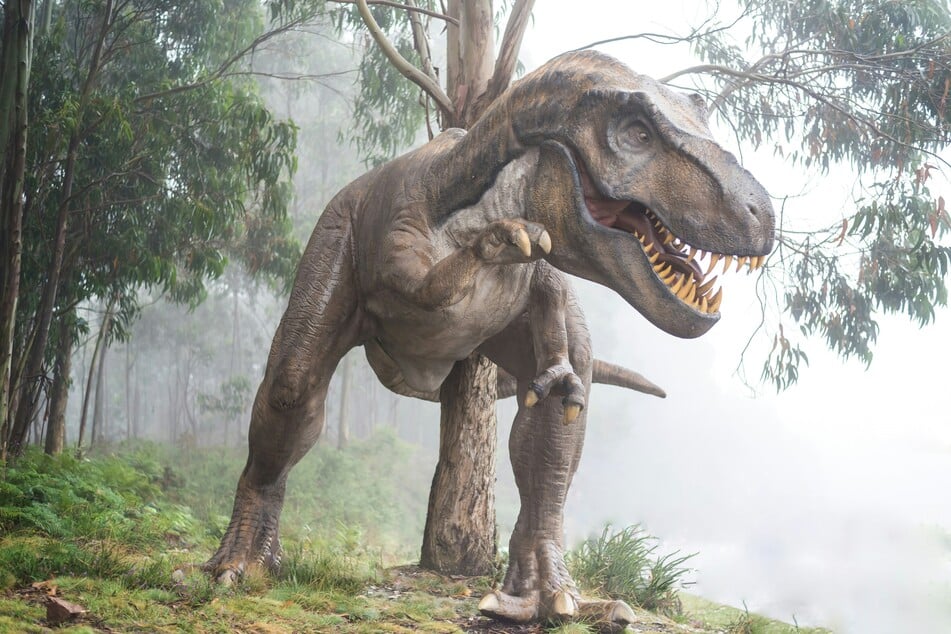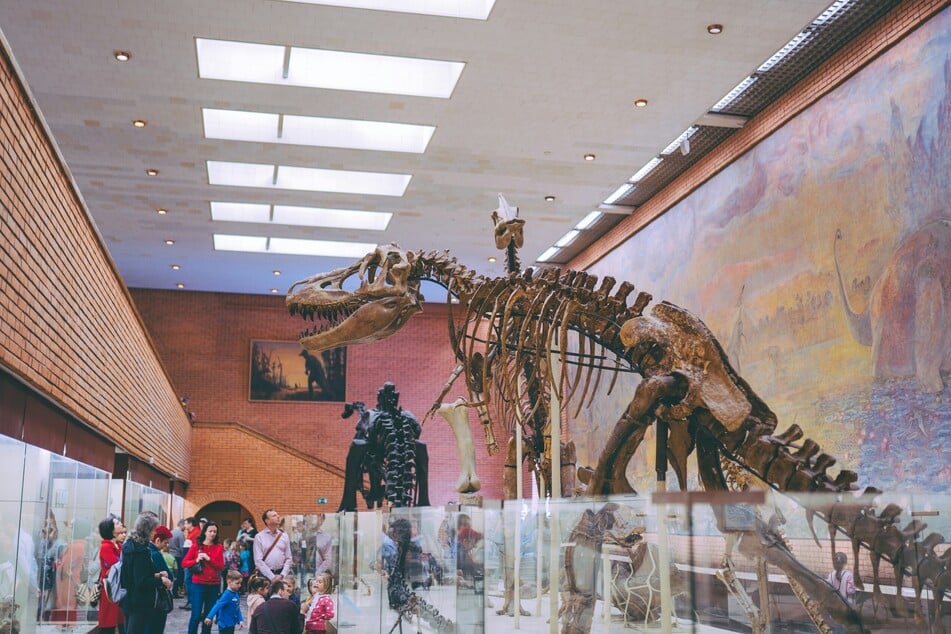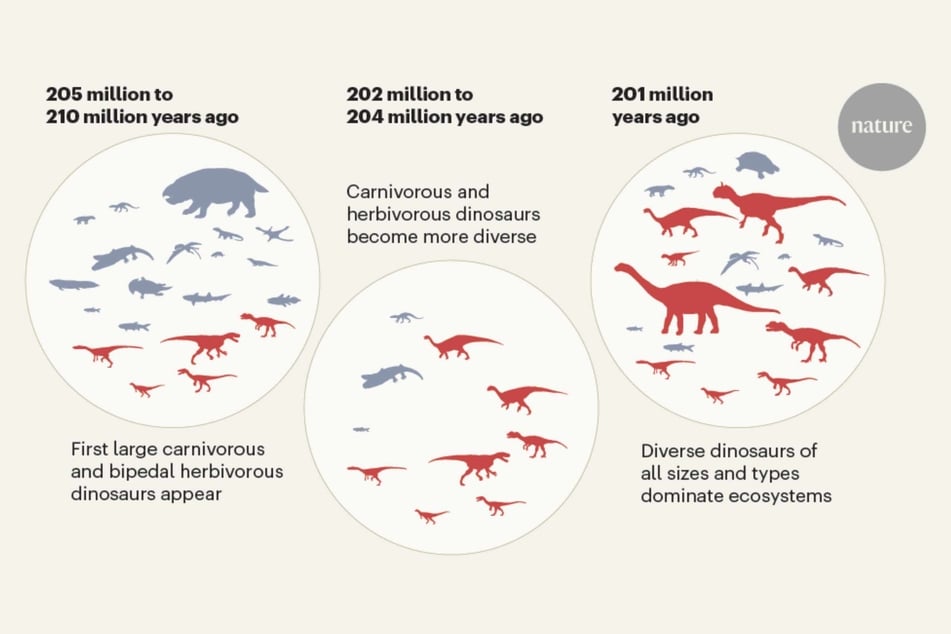Fossilized dinosaur poop and vomit offer clues to how they rose to rule Earth
Feces, vomit, and fossilized food from inside stomachs have provided new clues into how dinosaurs rose to dominate Earth, a new scientific study revealed this week.

Scientists have discovered plenty about dinosaurs -- particularly about how they vanished off the face of the planet 66 million years ago.
But "we know very little about their rise," Martin Qvarnstrom, a researcher at Sweden's Uppsala University and the study's lead author, told AFP.
Dinosaurs first appeared at least 230 million years ago, fossils have shown.
But they would not become the world's dominant animal until the start of the Jurassic Period some 30 million years later.
What caused this ascension – and why it took so long – has long been a subject of fevered debate between scientists.
For the new study in Nature, a European team exhaustively probed more than 500 "bromalites" – the fossilized remains of dinosaur feces, vomit, and undigested food inside intestines – from sites in Poland.
"By linking the bromalites to the producers and identifying what's in them, we can start connecting who ate whom or who ate what," Qvarnstrom explained.
The researchers used new technology such as synchrotron microtomography to build a 3D image of the samples.
This revealed that the excrement contained the remains of insects, plants, fish, and bigger animals.
The researchers compared this with data about fossils, plants, and the climate to construct a model for the step-by-step rise of the dinosaurs.
What are the two main theories for the rise of dinosaurs?

The study will not settle the debate about what led to the rule of dinosaurs once and for all.
There are two main theories for their rise. One is that early dinosaurs used key physiological advantages – such as standing upright – to outcompete their rivals.
The other is that environmental upheaval, such as volcanic eruptions or a changing climate, killed off many of the previously dominant animals, creating an opening at the top.
The researchers behind the bromalites study suggested it was a combination of the two theories, in which the dinosaurs used their evolutionary advantages to capitalize on environmental changes that had knocked back their rivals.
Lawrence Tanner, a researcher at Le Moyne College in New York, said the study "should be seen as a starting point for further work."
Although its methodology is "particularly creative," the study is "limited in its context and scope," Tanner commented in an attached Nature paper.
The research only covers the Polish Basin region, which at the time was part of the north of the Pangea supercontinent, he observed.

Qvarnstrom agreed, saying that he thought it would be "really cool" to use the model the team developed on other regions – such as the south of Pangea, where the first dinosaurs appeared.
Cover photo: Unsplash/Fausto García-Menéndez
